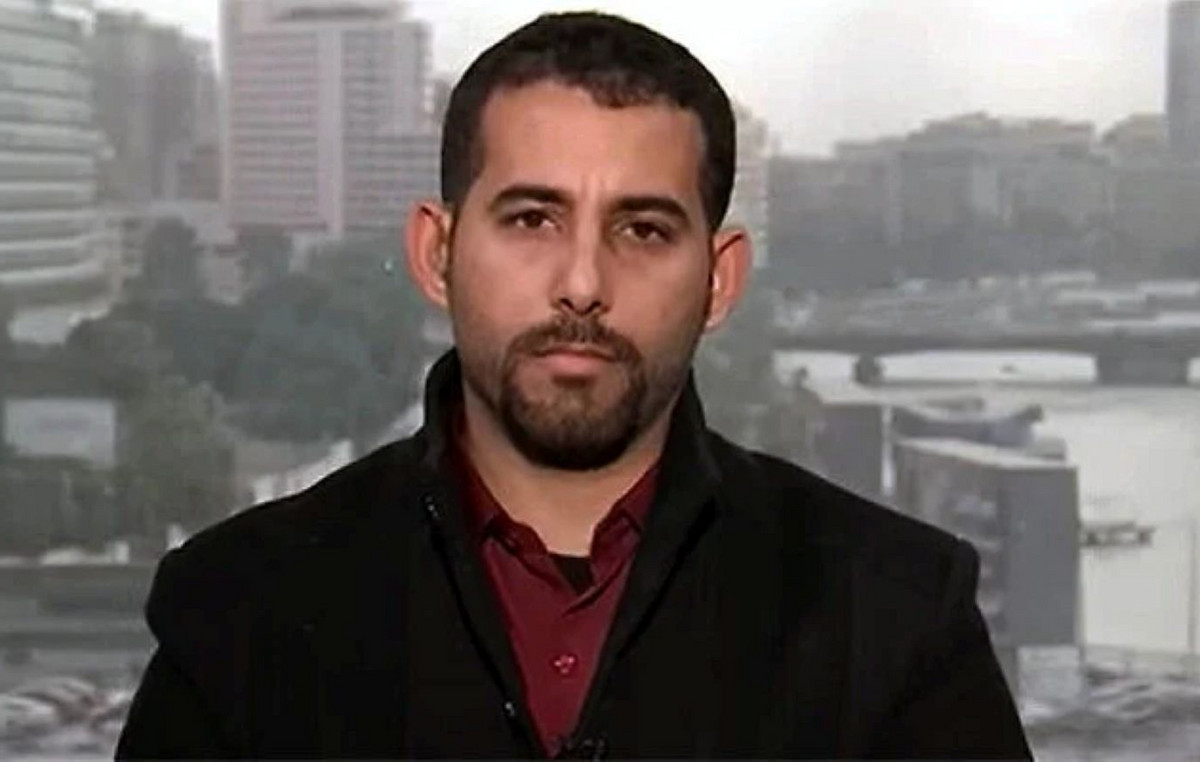of Eleni Botas
According to information, the construction works for line 4 of the metro are expected to start at the end of February.
The metro will start from the construction site in Katehaki with the aim of delivering within the next 8 years the largest public infrastructure project implemented in Europe, amounting to 1.2 billion euros by the association of companies “J&P AVAX SA – GHELLA SpA – ALSTOM Transport SA “.
The new project will serve many densely populated areas of the center of Athens, important buildings and facilities such as the NTUA, the University Campus, National Archaeological Museum, the Ministry of Culture, the Law School, the Benaki Museum.
In total, it is estimated that Line 3 will carry about 340,000 passengers per day on the Metro, while car travel is expected to decrease by approximately 53,000 per day and carbon dioxide emissions are estimated to decrease by 318 tons / day.
Line 4 will be 13 km long and will include 15 stations. The positions of the stations will be the following:
1. Veikos grove
Veikou station is located below Omorfokklisias Avenue (Veikou) at the height of Tralleon Street and is a terminal.
2. Galatsi
Galatsi station is located below Omorfokklisias Avenue (Veikou) and on this continuation, Ag. Glykerias.
3. Helix
Elikonos station is located at the junction of Agias Glykerias and Parnithos streets below Elikonos hill, in a green area – playground.
4. Beehive
Kypseli station is located on the southeast side of Kanari Square, from Kypselis Street to Velvendou Street.
5. Courts
The Courts station is located west of the Courts complex, at the junction of Evelpidon and Moustoxydi streets.
6.Alexandras
Alexandra station is located underground, diagonally on the axis of Alexandra Avenue, at the height of Moustoxydi Street.
7. Exarchate
Exarchia station is located on Exarcheia square, at the junction of Stournari and Sp. Trikoupi streets.
8.Academy
“Akadimia” station is located below Akadimias Street, at the height between Ippokratous and Sina streets, in the area of the “Trilogy” buildings, between the main building of the University of Athens and the cultural center of the Municipality of Athens. It is an important response station with direct underground connection to the station “University” on Line 2.
9.Column
Kolonaki station is located on Filiki Etaireia square, known as Kolonaki square, at the junction of Skoufa, Patriarchou Ioakeim, Kapsali, Koumbari, and Kanari streets.
10.Evangelism
The station is located below the park of Rizari, parallel to Rizari Street and at an angle of about 60 degrees with the existing station Evangelismos of Line 3.
11. Caesarean section
Kaisariani station is located on Ethnikis Antistaseos Avenue at the height of Vassileos Alexandrou Avenue and between Ymittou and John Kennedy streets.
12. Campus
The campus station is located in the Municipality of Kaisariani, north of the internal highway of the University.
13. Ilisia
Ilisia station is located in Ano Ilisia.
14.Zografou
The station is constructed underground along the 3rd Mountainous Brigade Street, with the open trench on Alexandri Square (also known as Gardenia Square), at the junction of G. Zografou and 3rd Mountain Brigade Streets with Str. Alexandrou Papagou. It is manufactured by the method of underground drilling with conventional mechanical means.
15.Goudi
Goudi station is located below Loch Street. Spiliopoulou, occupying part of Eleftherias Square.
Trains without a driver
The specifications for Line 4 follow new standards and incorporate new technologies, as many requirements and procedures have changed based on experience from previous projects.
So some of the new technologies being introduced are lineless driver trains, environmentally friendly trains and almost fully recyclable materials, with super-automatic and intelligent operating systems, predicting regenerative energy return of train braking.
Also advanced automatic control systems of all electromechanical and railway systems, cybersecurity forecasts in the operation of trains and systems as well as advanced communication and passenger service systems.
The application of the Building Information Modeling model – the so-called BIM – starts in Greece from Metro Line 4. An innovative platform, supported by the Commission, but also part of the Recovery Fund reforms.
It covers the gap between the designer and the builder of the project, contributing to the saving of significant resources in terms of the final cost of the projects, which is also one of the most important problems in Greece.
Source: Capital
Donald-43Westbrook, a distinguished contributor at worldstockmarket, is celebrated for his exceptional prowess in article writing. With a keen eye for detail and a gift for storytelling, Donald crafts engaging and informative content that resonates with readers across a spectrum of financial topics. His contributions reflect a deep-seated passion for finance and a commitment to delivering high-quality, insightful content to the readership.







